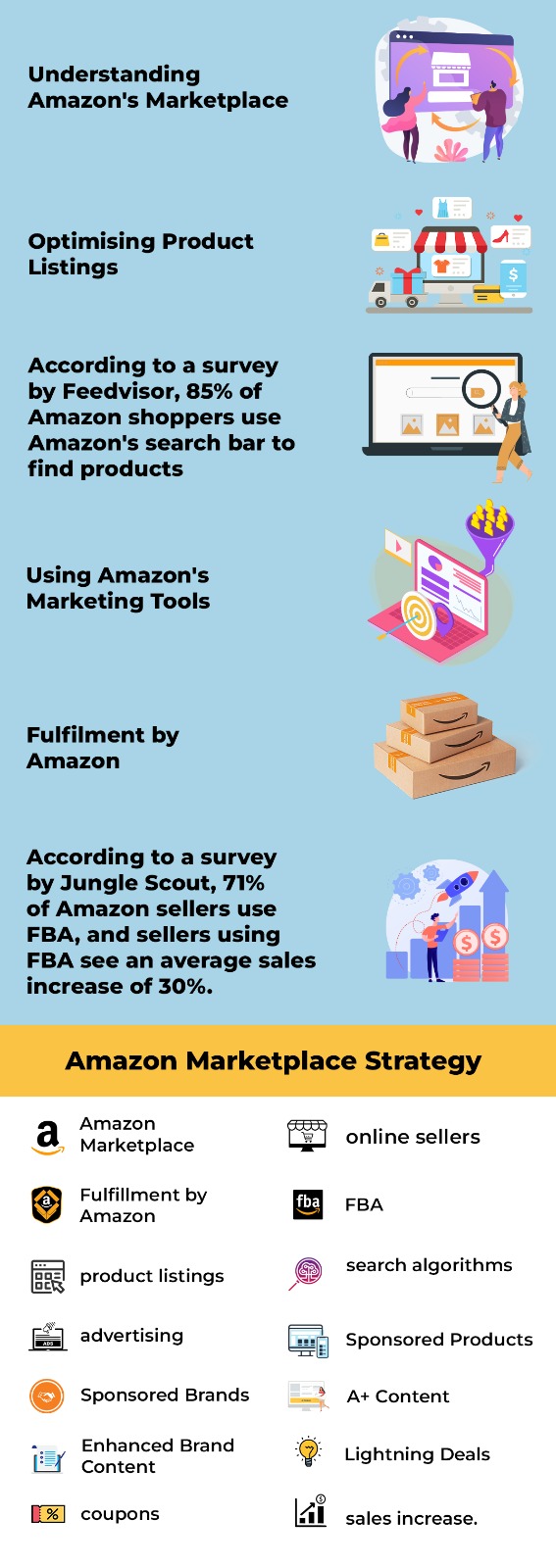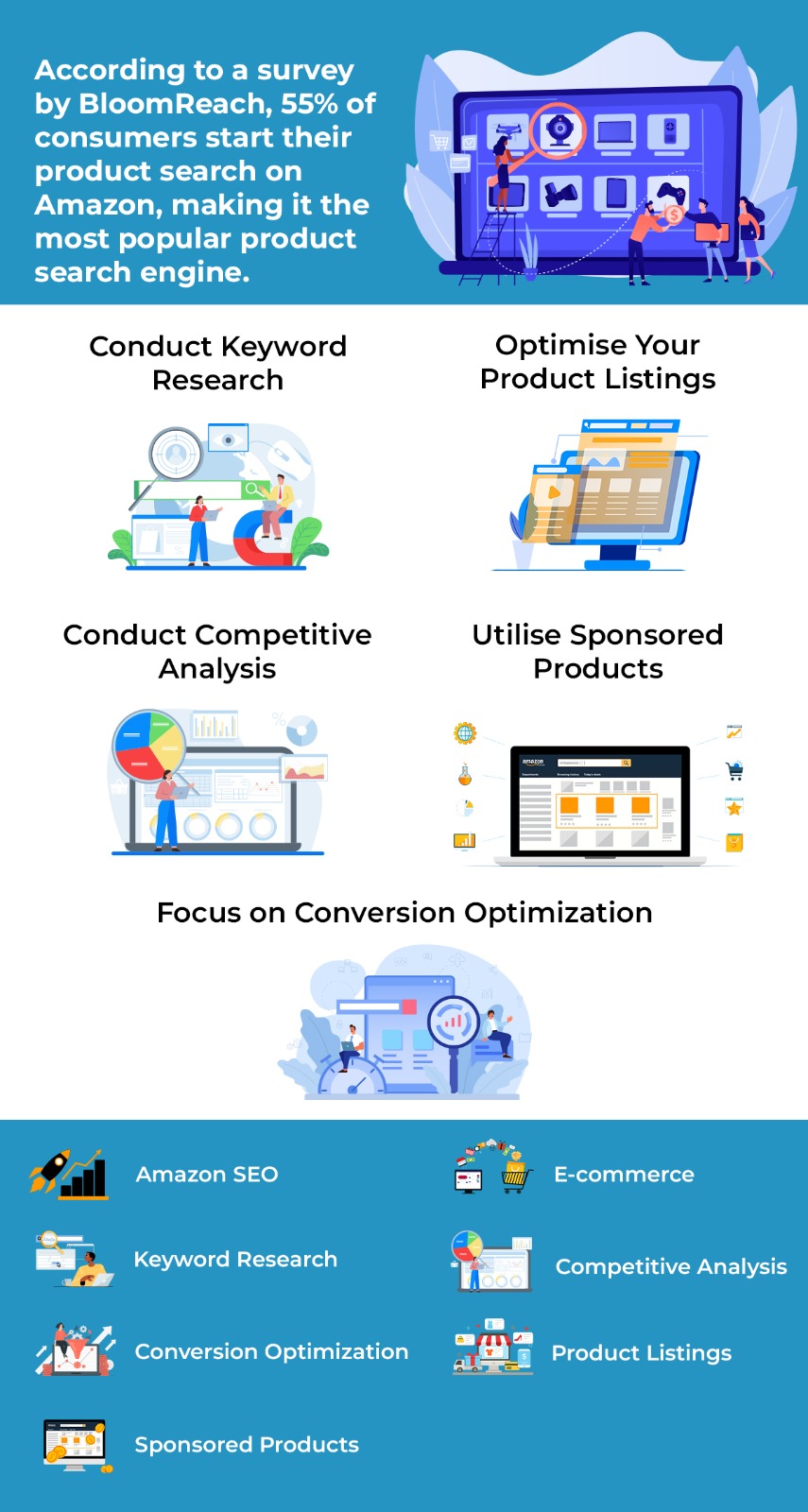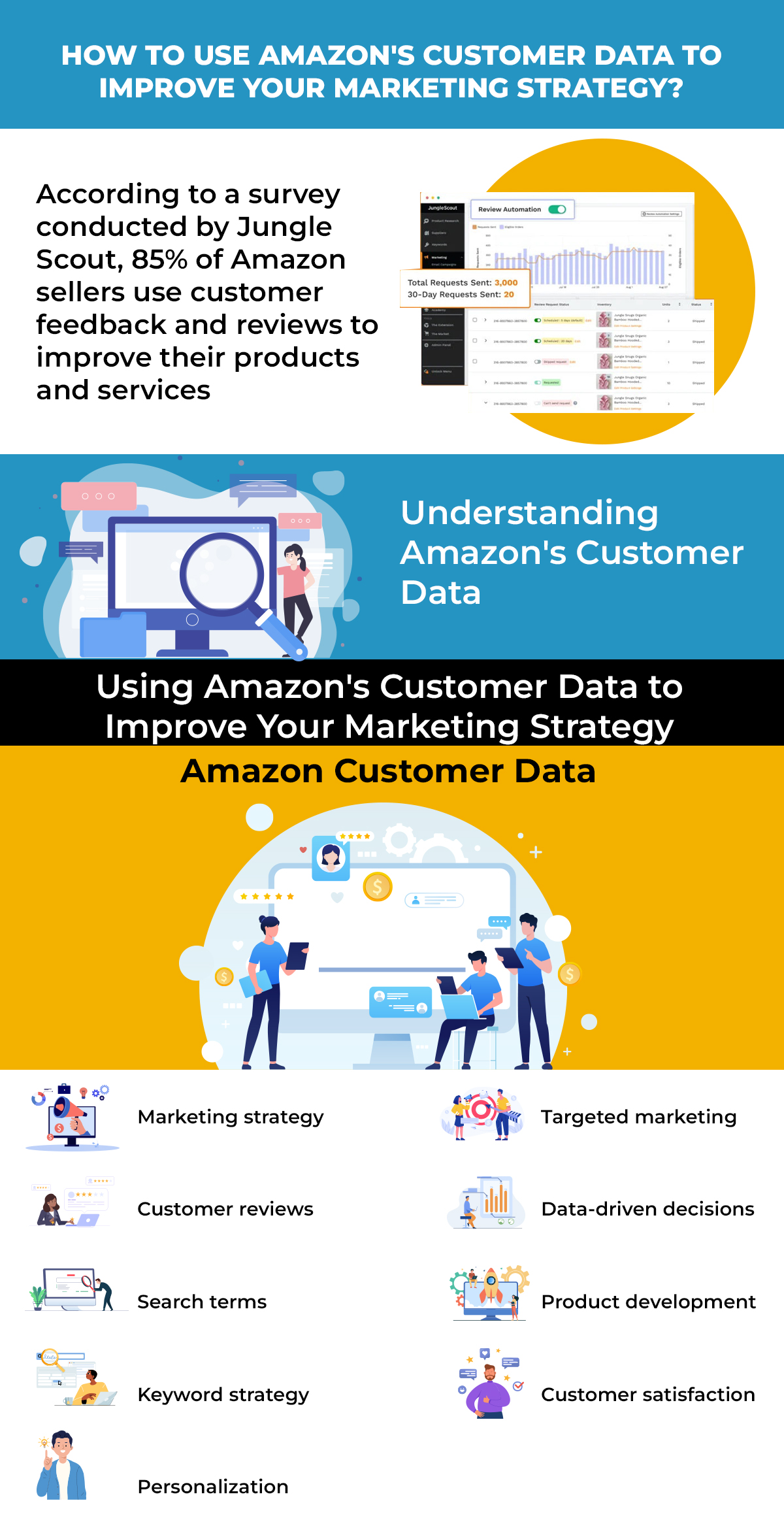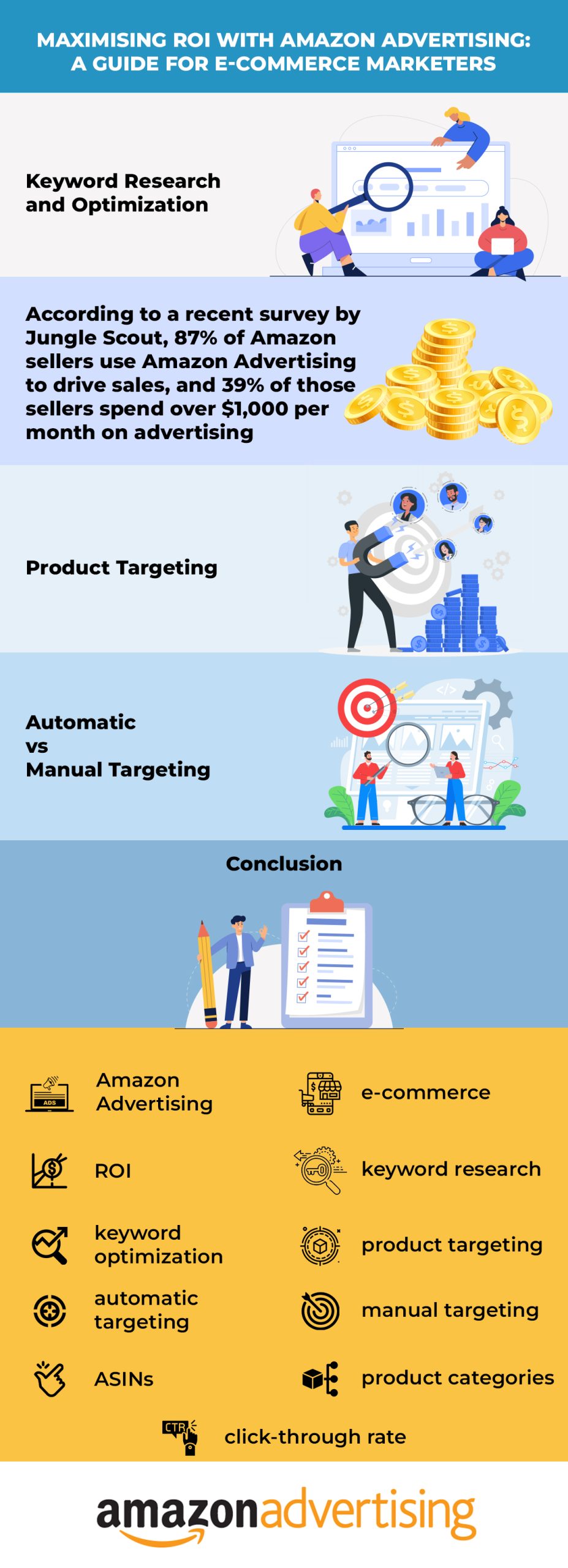
Building a Strong Digital Brand: Strategies for Success
Building a strong digital brand is crucial for the success of any business in today’s digital age. A strong digital brand can help you connect with your target audience, establish trust and credibility, and differentiate yourself from the competition. In this blog, we will discuss some strategies that you can use to build a strong digital brand and achieve success in the digital landscape.
- Develop a Clear Brand Identity
Developing a clear brand identity is the first step in building a strong digital brand. Your brand identity should include your brand name, logo, colour palette, and brand voice. Your brand identity should be consistent across all digital platforms, including your website, social media profiles, and email marketing campaigns. Consistency in branding is essential to building brand recognition and establishing a strong brand image.
- Leverage Social Media
Social media is an excellent tool for building a strong digital brand. Choose the social media platforms that are most relevant to your target audience, and create profiles that are consistent with your brand identity. Use social media to engage with your audience, share valuable content, and build relationships with your customers. Social media can also help you increase brand awareness and drive traffic to your website.
- Create Valuable Content
Creating valuable content is another effective strategy for building a strong digital brand. Your content should be relevant to your target audience and align with your brand values. Use blog posts, videos, infographics, and other types of content to showcase your expertise and provide value to your audience. Content marketing can help you establish yourself as a thought leader in your industry and build trust and credibility with your audience. At Axle & Olio, our team of expert writers and professionals help businesses curate the most attractive and engaging listings.
According to a survey by HubSpot, 64% of consumers make a purchase after watching branded social media videos.
- Utilise Influencer Marketing
Influencer marketing is a powerful tool for building a strong digital brand. Partnering with influencers who align with your brand values can help you reach a larger audience and build trust and credibility with your target audience. When selecting influencers, look for those who have a genuine interest in your brand and are willing to promote your products or services authentically.
- Focus on Customer Experience
Finally, focusing on customer experience is essential to building a strong digital brand. Provide excellent customer service, respond promptly to customer inquiries and complaints, and go above and beyond to exceed customer expectations. A positive customer experience can help you build brand loyalty and turn satisfied customers into brand advocates.
Building a strong digital brand is crucial for the success of any business in today’s digital age. By developing a clear brand identity, leveraging social media, creating valuable content, utilising influencer marketing, and focusing on customer experience, you can build a strong digital brand that connects with your target audience, establishes trust and credibility, and differentiates you from the competition.
If you wish to discuss how you can make your Amazon marketing productive and fruitful, you can discuss your queries in detail with our team.










